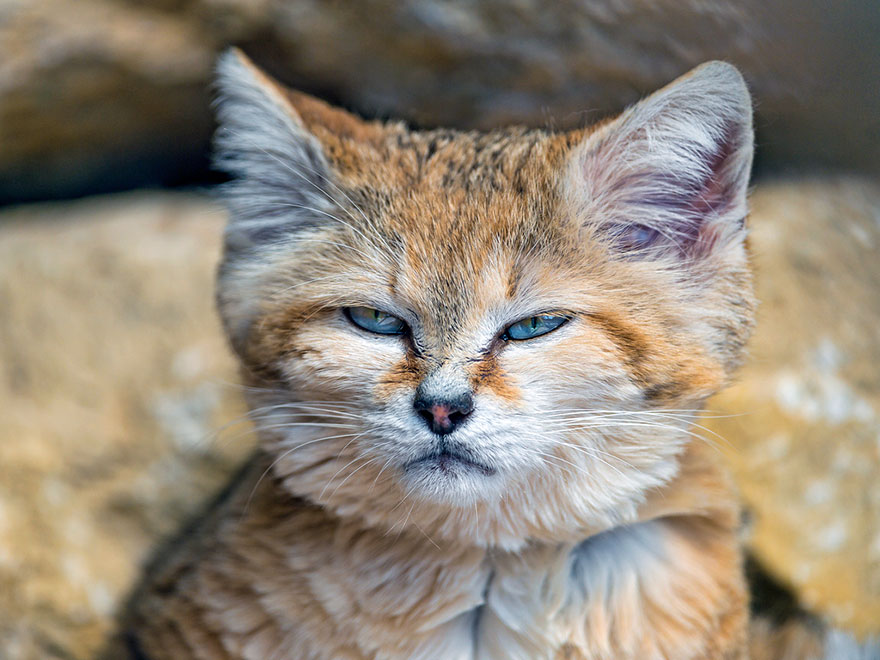Welcome to the enchanting world of sand cats, where adult cats are like kittens and kittens remain forever young. In this article, we will delve into the captivating realm of these unique felines and explore their fascinating characteristics, behavior, and habitat. From their remarkable adaptations to their adorable appearance, sand cats have captured the hearts of many cat enthusiasts around the world. So, grab a cup of coffee and join us on this extraordinary journey into the mysterious world of sand cats.

What are Sand Cats?

Sand cats (Felis margarita) are small wild cats native to the deserts of North Africa, the Arabian Peninsula, and Central Asia. Also known as “sand dune cats,” they are perfectly adapted to their arid surroundings, making them true desert dwellers. These incredible felines possess a range of distinctive features that set them apart from other domestic and wild cat species.
Appearance: A Perfect Blend of Cuteness and Wilderness

Sand cats are often described as the epitome of cuteness. With their round faces, large expressive eyes, and tiny ears framed with black tufts, they have an irresistible charm. Their bodies are compact and muscular, measuring around 40-50 centimeters in length and weighing between 2.5 to 4 kilograms. However, despite their small size, sand cats are built for survival in the harsh desert environment.
The fur of sand cats is another fascinating aspect of their appearance. It is pale in color, ranging from a sandy yellow to a grayish-brown, which allows them to blend seamlessly with their surroundings. This natural camouflage helps them evade predators and become stealthy hunters.
Habitat: The Deserts’ Hidden Gems

Sand cats are exclusively found in desert regions, including the Sahara Desert in North Africa and the deserts of the Arabian Peninsula. Their ability to thrive in such extreme environments is truly remarkable. They have adapted to the scorching heat, shifting sand dunes, and scarcity of water, making them true masters of desert survival.
Unlike other desert animals, sand cats do not rely on burrows for shelter. Instead, they seek refuge in rocky crevices, dense vegetation, or shallow depressions in the sand. These hiding spots provide them with protection from the harsh elements and potential predators.
Hunting Techniques: Masters of Stealth

Sand cats have evolved exceptional hunting skills to survive in their arid habitats. Their keen senses and agile bodies make them efficient predators, capable of capturing elusive prey with remarkable precision.

Nocturnal Hunters: Sand cats are primarily nocturnal creatures, avoiding the scorching heat of the desert during the day. Under the cover of darkness, their exceptional night vision and acute hearing come into play, allowing them to detect the slightest movements of their prey.

Silent Stalkers: Sand cats are masters of stealth. They move silently across the desert terrain, using their padded paws to minimize noise. This skill is essential for sneaking up on their prey without alerting them.

Ambush Predators: When the perfect moment arrives, sand cats unleash their lightning-fast hunting technique. They pounce on their unsuspecting prey with incredible speed and precision. Their diet primarily consists of small mammals, such as rodents, hares, and birds.






